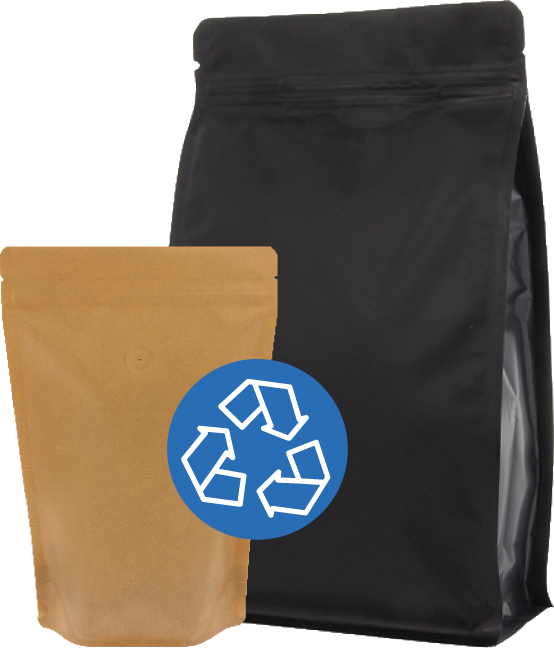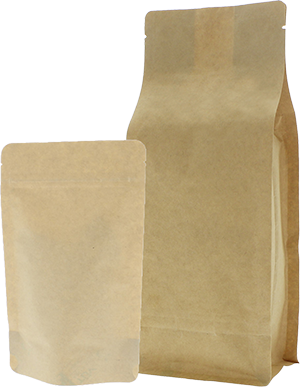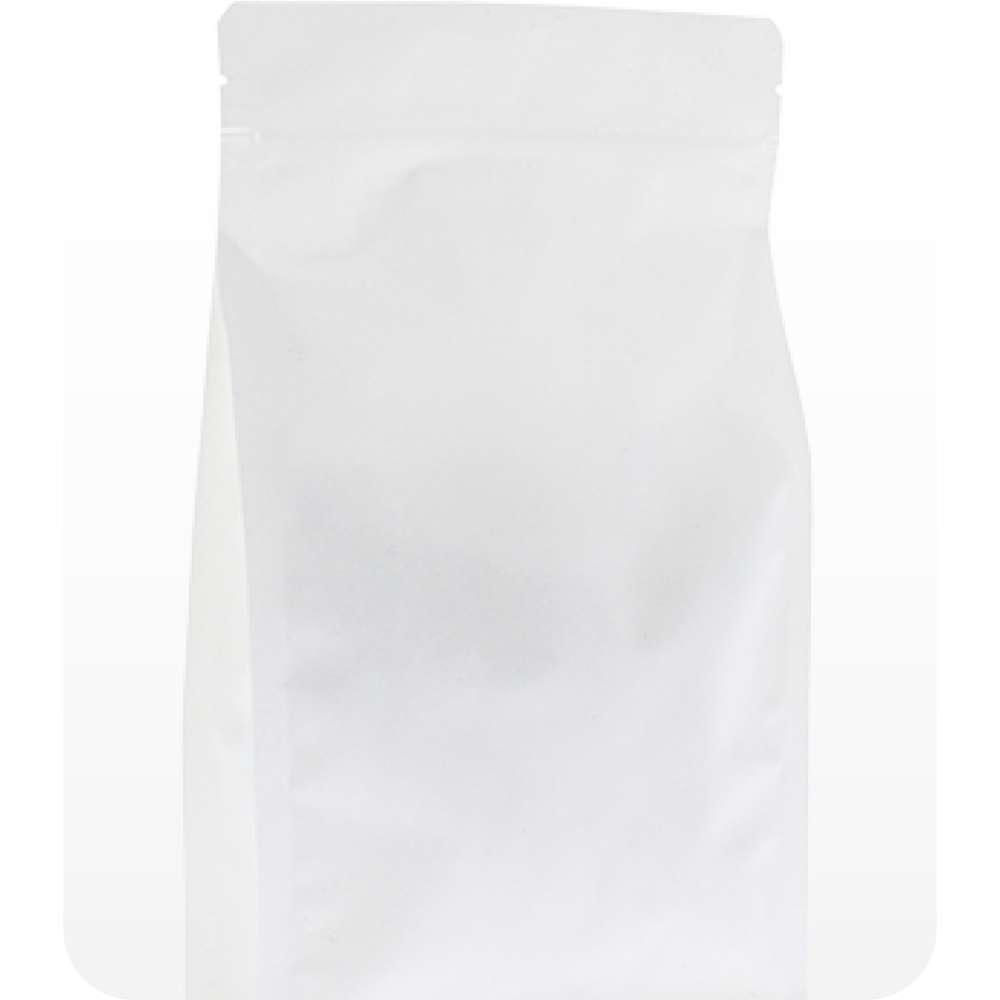Your sample cart is empty
Recyclability, what do we actually mean by that?
Recyclable, recycled, and reuse. These terms are often used interchangeably, but they do not always mean the same thing. A package can be technically recyclable, but that does not automatically mean it will be recycled in practice. This depends on the collection and processing options in the country where it ends up.
In the context of packaging, recyclability comes down to one question: can the material be turned into a new raw material after use, without ending up as waste? This depends not only on the material type, but also on how sorting systems, waste separation, and recycling infrastructure work.
On this page, you will learn what recyclability means in practice, which factors play a role, and how you can assess whether a stand-up pouch is suitable for recycling.

How packaging recycling works
The goal of recycling is simple, reuse materials so that we need fewer virgin resources. That helps reduce waste, save energy, and lower CO₂ emissions. Whether a package is actually recycled depends on what happens after it is thrown away.
Recycling packaging generally involves three steps:
Collection
First, the packaging has to end up in the right waste stream. In many countries, plastic packaging can be collected, but systems are not equally well organized everywhere. What is accepted as plastic in one municipality may be treated as residual waste in another.
Sorting
Next comes sorting. At sorting facilities, machines attempt to separate different materials. Packaging made from a single plastic, for example only PE (polyethylene) or PP (polypropylene), can usually be processed well. If a package consists of multiple layers or materials, such as a combination of plastic and aluminum, automatic separation often fails. The material then ends up with residual waste and is usually incinerated for energy recovery.
Processing
Finally, the sorted material must be processed. Only if there is a party that can and wants to use the material, for example to turn it into feedstock for new plastic products, can it actually be recycled.
Think of it like this, a package has to pass three thresholds before it is recycled. The less complex the material structure, the greater the chance the packaging will make it through the entire recycling process successfully.
What determines whether a stand-up pouch is recyclable?
Not every stand-up pouch can be recycled. This depends on how the packaging is built and which materials or components are used. Several factors have a big impact on recyclability:
1. The type of material
Some plastics are easier to recognize and process than others. Materials such as PE (polyethylene) and PP (polypropylene) are widely recyclable in many European systems. Other plastics, or combinations, are harder to process.
Tip: use a label made from the same material as the pouch.
2. Composition, materials, layers, and additives
A pouch made from a single plastic is easier to recycle than a pouch built from multiple layers of different materials. Combinations of plastic with aluminum, paper, or special coatings are difficult to separate and therefore hard to process. Components such as valves, zipper closures, adhesive layers, or heavy printing can also affect sorting or the recycling process.




3. The contents and the application of the packaging
What has been inside the pouch also matters. Packaging used for pharmaceuticals, chemicals, or other sensitive applications is legally not allowed to be recycled into new packaging for food or cosmetics. Contaminated pouches, for example with grease or glue residues, are difficult to recycle. In such cases, the packaging ends up as residual waste.
Which materials do work, what level of protection you need, and how to align with the recycling chain all depend strongly on your situation. In the next section, we help you make that assessment.
What do you need to make your choice?
There is no one-size-fits-all solution for sustainable packaging. What works depends on your product’s contents, the protection required, the use context, and how the material will ultimately be collected or processed. Recyclability is not a fixed property, it must always be considered in context.
Precisely because it is not a black and white story, it is important to ask the right questions. What matters in your situation, where is the balance between functionality and sustainability, and how does your packaging fit real-world practice, not just what looks good on paper?
We are happy to think along with you. Whether you are still exploring, hesitating about material choices, or simply need clarity, our specialists are ready to work with you to create a solution that fits your product and your sustainability ambitions.
Want to know more or have questions? Contact us - we'll be glad to help!







